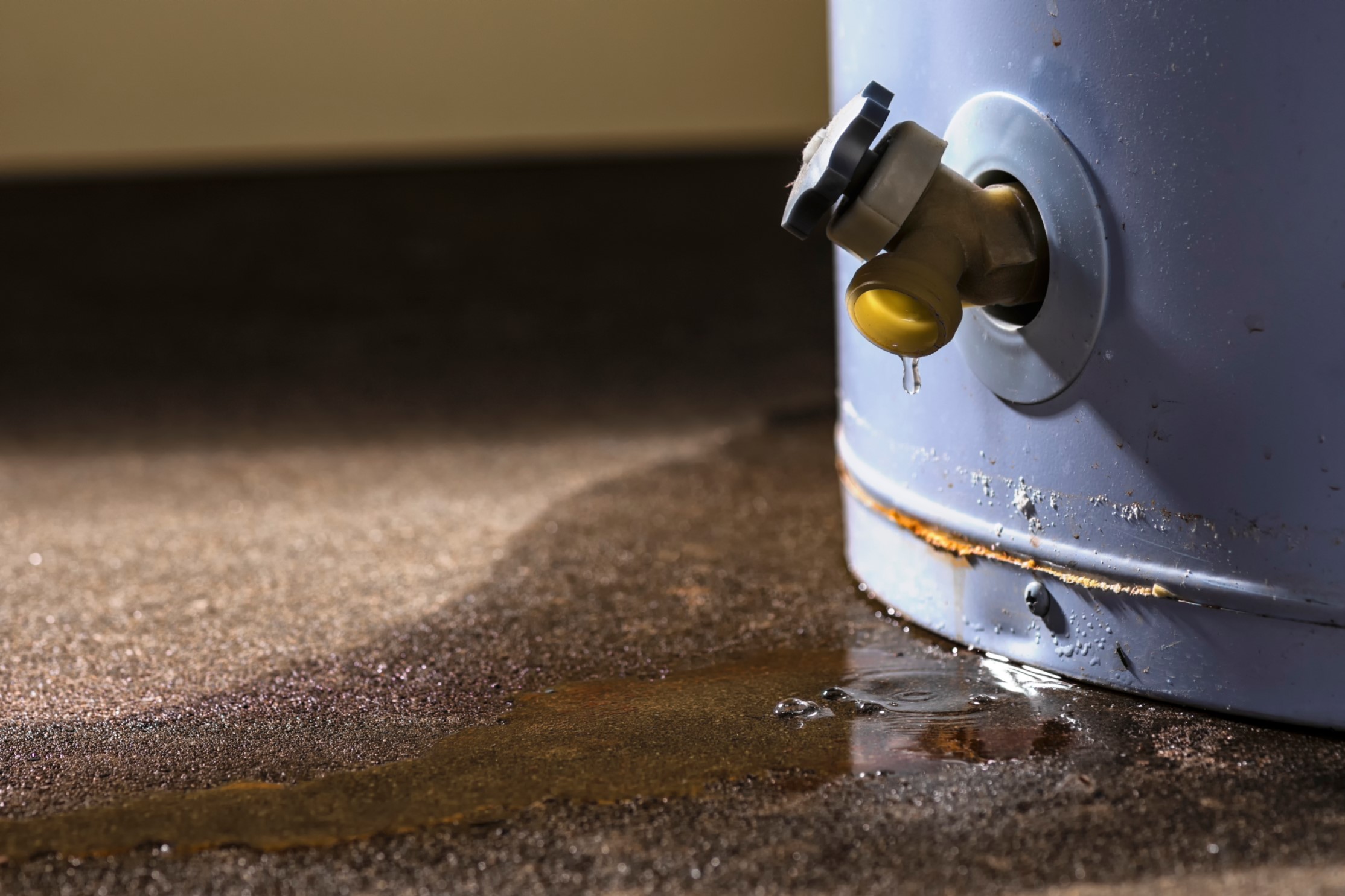How to Maintain Your Home's Hot Water System Effectively
Browse WebsiteIn this article in the next paragraphs you can get lots of sound additional info regarding How to Maintain Your Water Heater & Prolong its Life.

Warm water is important for everyday convenience, whether it's for a refreshing shower or cleaning recipes. To ensure your warm water system runs efficiently and lasts longer, normal maintenance is essential. This write-up provides functional pointers and insights on exactly how to keep your home's hot water system to prevent disturbances and costly repair services.
Intro
Maintaining your home's hot water system could appear challenging, however with a couple of simple steps, you can ensure it runs efficiently for years to come. This overview covers every little thing from recognizing your hot water system to DIY upkeep pointers and knowing when to hire expert aid.
Relevance of Maintaining Your Hot Water System
Routine upkeep not just expands the lifespan of your hot water system but likewise guarantees it runs successfully. Disregarding maintenance can result in reduced effectiveness, higher energy expenses, and also early failing of the system.
Signs Your Warm Water System Needs Upkeep
Recognizing when your warm water system needs attention can stop major concerns. Keep an eye out for indicators such as irregular water temperature level, strange sounds from the heater, or rustic water.
Purging the Hot Water Heater
Purging your hot water heater gets rid of debris build-up, boosting effectiveness and lengthening its life.
Monitoring and Changing Anode Rods
Anode poles protect against deterioration inside the tank. Examining and changing them when worn is important.
Complicated Issues Requiring Professional Help
Instances consist of significant leaks, electric problems, or if your hot water heater is constantly underperforming.
Routine Specialist Upkeep Advantages
Specialist maintenance can consist of complete examinations, tune-ups, and making sure compliance with safety and security requirements.
Examining and Changing Temperature Setups
Changing the temperature level settings makes certain ideal efficiency and security.
DIY Tips for Upkeep
You can perform numerous maintenance jobs yourself to maintain your warm water system in top problem.
Looking for Leaks
Regularly inspect pipes and links for leakages, as these can lead to water damages and greater expenses.
Recognizing Your Hot Water System
Prior to diving into upkeep tasks, it's practical to understand the fundamental components of your warm water system. Typically, this includes the hot water heater itself, pipes, anode poles, and temperature controls.
Monthly Maintenance Tasks
Routine regular monthly checks can assist capture small problems prior to they rise.
Examining Stress Alleviation Valves
Examining the stress safety valve guarantees it works properly and stops excessive pressure buildup.
Insulating Pipes
Shielding hot water pipes minimizes warmth loss and can save energy.
When to Call a Specialist
While DIY upkeep is valuable, some concerns call for professional proficiency.
Final thought
Routine upkeep of your home's warm water system is crucial for efficiency, longevity, and cost savings. By following these suggestions and understanding when to seek expert assistance, you can guarantee a reputable supply of warm water without unforeseen interruptions.
Water Heater Maintenance Tips
Test the TPR Valve
Shut off the power and the cold-water supply valve. Place a bucket under the pipe connected to the temperature-pressure-release (TPR) valve on the top or side of the tank. (This valve opens if the tank pressure gets too high.) Lift the valve’s tab to let some water out, then let go. If water keeps flowing, drain the tank partway, unscrew the old valve with a pipe wrench, and install a new one. Check the Anode Rod
Put a hose to the tank’s drain cock and let out a few gallons of water. Now fit a 1 1/16-inch socket onto the rod’s hex head on top of the heater (or under its top plate) and unscrew the rod. If it’s less than ½ inch thick or coated with calcium, buy a new one, wrap its threads with Teflon tape, put it back in the tank, and tighten securely. Use this segmented rod if headroom above the tank is limited. Drain the Tank and Wash Out Sediment
Drain the remaining water in the tank into the bucket, then stir up the sediment on the tank’s bottom by briefly opening the cold-water supply valve. Drain and repeat until clean water comes out of the hose. Close the drain cock, refill the tank, and turn its power back on. Adjust the Temperature
Find the temperature dial on the side of the tank and unscrew its cover. Adjust the dial to 120 degrees using a flathead screwdriver. For every 10 degrees the temperature is lowered, you can expect to save up to 5 percent in energy costs. Turn the water heater off or the thermostat down to its lowest setting if you plan to be away from home for more than three days. Insulate the Pipes
Buy some self-sticking 3/8-inch-thick foam pipe insulation that matches the pipes’ diameter. Slide the foam over the hot-and cold-water pipes as far as you can reach. Insulating the cold-water pipe prevents condensation in summer. Peel the tape and squeeze the insulation closed. If the pipe is 6 inches or less from the flue, cover it with 1-inch-thick unfaced fiberglass pipe wrap. https://www.thisoldhouse.com/plumbing/21016402/how-to-maintain-a-water-heater

Hopefully you liked our post on Tips For Maintaining Your Hot Water Heater. Thanks a lot for finding the time to browse our posting. Sharing is good. You just don't know, you may be helping someone out. I cherish reading our article about What Kind of Maintenance Do Water Heaters Need?.
Click Here